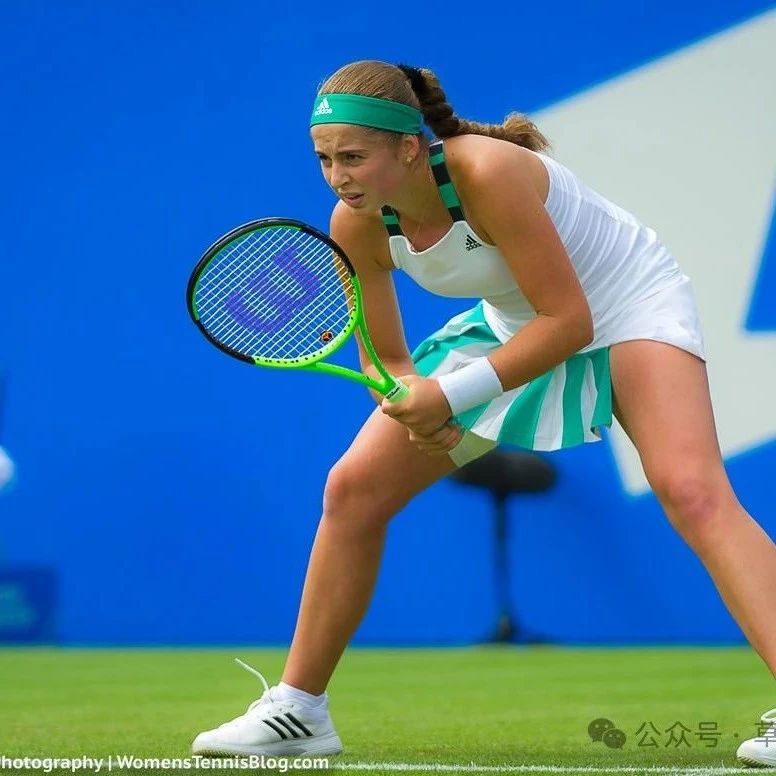How to Choose a Pair of Tennis Shoes
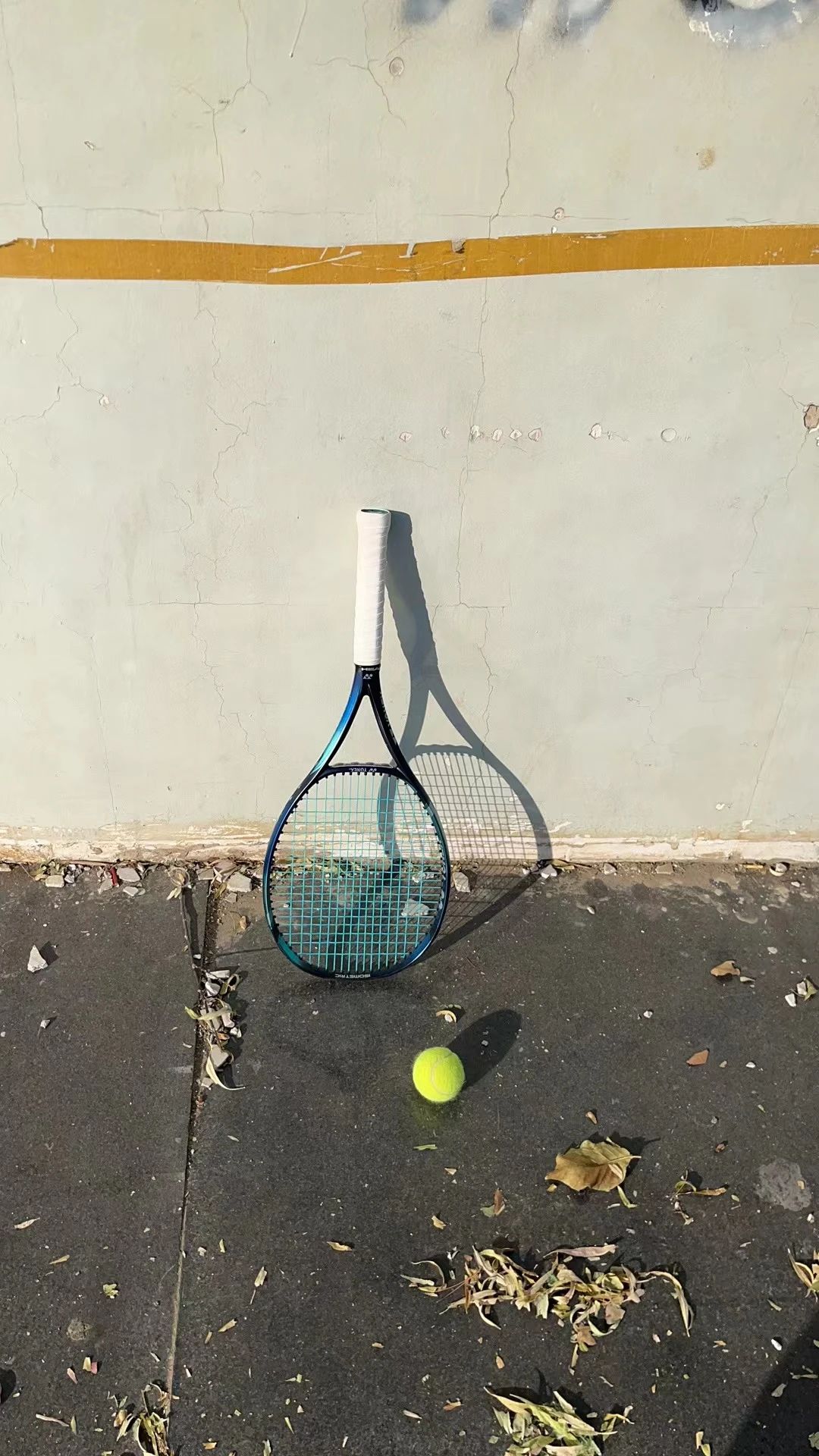

"All articles in the 'Translation Wood Becomes Forest' column are sourced from foreign-language translations and are not declared original works. If you believe any content infringes on your rights, please contact us for removal."
Choosing the English-Chinese bilingual may slightly affect readability, but given the varying levels of comprehension among individuals, we still recommend that readers who are capable dive straight into the original text.
Reason for Topic Selection
First of all, the author believes that wearing tennis shoes while playing should be taken seriously by amateur enthusiasts. Tennis shoes are just as important as a tennis racket—but typically, amateurs might casually opt to wear sneakers instead.
When I was first starting out, it was no different—I grabbed a pair of running shoes after work and headed straight to the court. But those shoes felt like slick, flat slabs, with my feet slipping around inside them every time I tried to move. And since the shoes didn’t offer any lateral support, I couldn’t manage even the simplest slides or crossover steps. Luckily, I didn’t get hurt that day—otherwise, it definitely would’ve been a textbook case of "man-made disaster."
If the racket is a powerful tool for scoring points, then the shoes are truly treasures for protection.
Secondly, advanced players should recognize that upgrading equipment to enhance their skills is the easiest step—and absolutely worth the effort of carefully selecting a pair of shoes that’s perfectly suited to their game.
Recently, after reading an article by a sports analyst, the author discovered that professional athletes’ relentless pursuit of even the tiniest one-percent improvement is truly beyond imagination. They’ve essentially become walking encyclopedias of their respective sports, mastering everything from technique to equipment—and they’re remarkably adept at pinpointing and integrating the slightest edge into their performance. Their almost obsessive attention to equipment choices stems directly from their comprehensive understanding of every minute detail.
This article aims to spark discussion by highlighting the factors that influence athletic performance with sneakers—specifically, "friction" as a primary factor, along with "cushioning" and "foot-activity control" as secondary influences. These insights help advanced players gain a fundamental understanding of their footwear.
Finally, the author also revisited their own collection of five pairs of sneakers—from brands W, N, and A. When first getting into the game, everyone said that A-brand sneakers were the softest and most comfortable. And indeed, that’s been my conclusion after playing basketball for over three years. However, as the performance of these shoes began to decline, I gradually noticed that my feet felt looser inside them during quick directional changes. As mentioned in the article, sneakers inherently involve a trade-off between "cushioning" and "foot-stability control." Following the logic presented here, I’ve decided to retire those older pairs and will now prioritize factors beyond just comfort when choosing new shoes.
In the end, choosing a pair of cool sneakers is key—after all, looking good is something you want to rock for life.
But choosing the right pair of sneakers is even more crucial for keeping yourself safe. Don’t let things end before they’ve even begun—literally, "dying before you’ve even launched your attack!" (laughs)
Main text
Source of this article:
tennis science
(P176-P177)
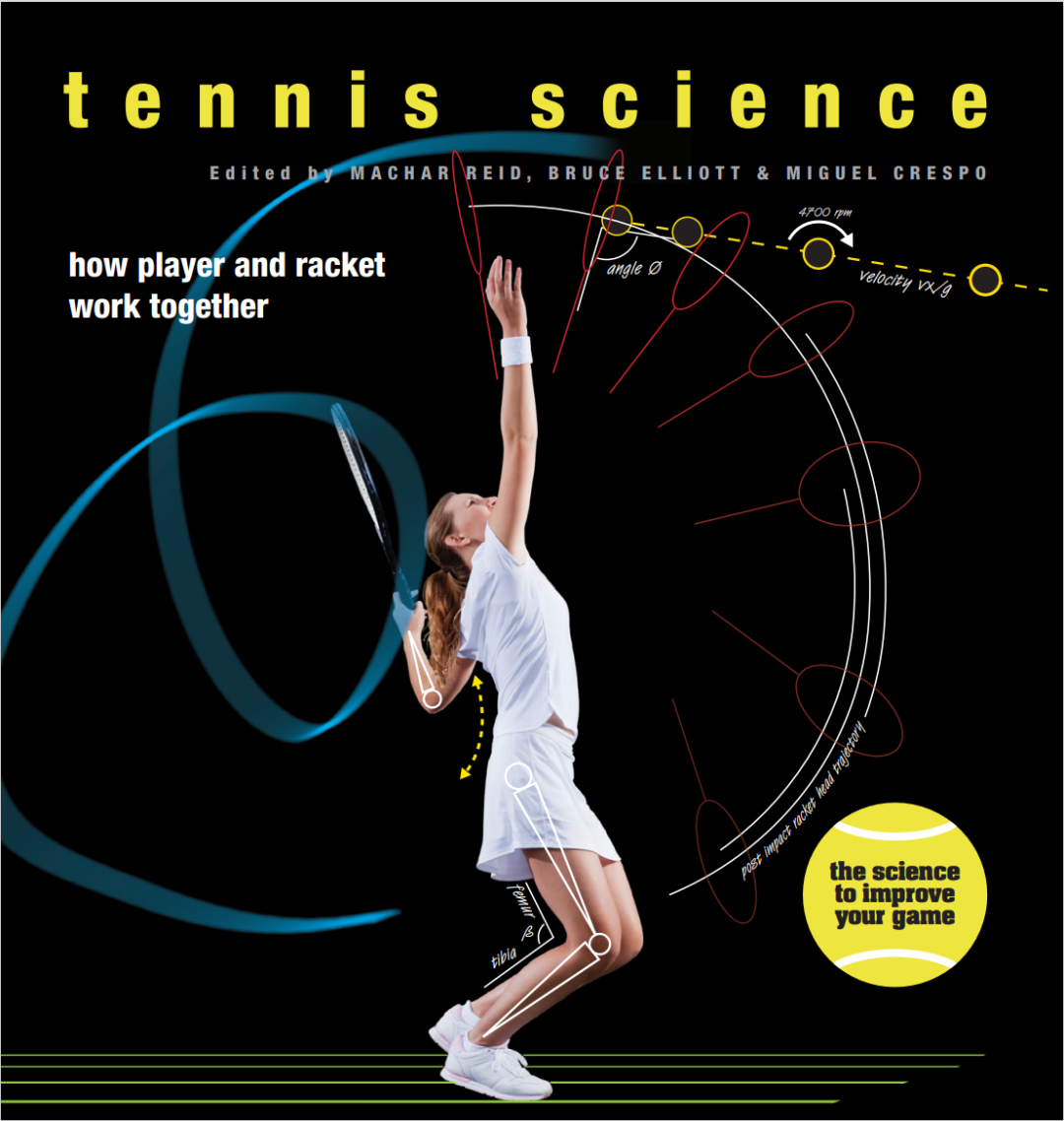
Main Title:
How do shoes affect player motion?
How do tennis shoes affect tennis players?
Subtitle:
How should I choose a tennis shoe?
How should I choose a pair of tennis sneakers?
Tennis requires considerable lateral motion, so tennis shoe designs typically include deep and stable heels to support the feet during play.
In tennis, players need to make a significant amount of lateral movement. That’s why, in the design of various tennis shoes, a common approach is to add extra depth and enhance stability at the heel. During play, these shoes provide players with a secure, supportive feel for their feet.
Shoe construction and materials strike a compromise between two objectives: shock absorption and foot motion control.
The sneaker's structure and materials strike a balance between two key objectives: "cushioning" and "foot motion control."
Selecting a softer, well-cushioned shoe will attenuate the shock of each foot strike on the court surface but will also allow the foot to move within the shoe.
If you play sports wearing a pair of relatively soft shoes with excellent cushioning, on the one hand, these shoes do effectively absorb the impact when your feet touch the ground. But on the other hand, during movement, the foot ends up having excessive motion inside the flexible footwear (compromising foot stability and control).
Tennis players should consider their foot type (flat or high-arched), their playing style, the primary court surface on which they will play, and the fit and comfort during play to help them select their shoes.
When choosing tennis shoes, players should consider their foot type (flat feet or high arches), playing style, preferred court surface, fit, and comfort.
Among the most important aspects of a tennis shoe are its frictional properties.
When evaluating the quality of tennis shoes, one of the key factors is their friction performance.
Friction in this context is the resistance to linear and rotary sliding of the shoe’s sole on the court surface.
In this article, friction refers to the linear and sliding resistance generated between the sole of the athletic shoe and the court surface—essentially, static and kinetic friction.
The maximum static or limiting friction before the shoe slides is equal to the coefficient of friction times the right-angle force between the shoe and surface.
The maximum static friction—also known as the limiting friction—that prevents the sneaker from sliding is approximately equal to the coefficient of friction between the shoe and the court surface, multiplied by the force perpendicular to the surface. (In high school physics, this is expressed as \( f = \mu \times F_n \), where frictional force is directly proportional to both the coefficient of kinetic friction and the normal force pressing perpendicularly against the surface.)
When the player creates horizontal forces larger than the maximum static friction, the shoe will begin to slide—for instance, a shoe will move more on a clay-court surface than on a hard-court surface.
When a player pushes off the ground, applying a horizontal force to the tennis shoes that exceeds the maximum static friction between the shoe and the court surface, the shoes begin to slide. Because clay courts have weaker friction compared to hard courts, players wearing the same shoes will experience more sliding on clay than on hard surfaces.
The sliding or kinetic friction is usually about 30% smaller than the static friction, which means there is less friction to change directions when sliding through a stroke on clay.
Sliding friction, also known as kinetic friction, is typically 30% lower than static friction. This means that when a player performs a sliding motion to hit the ball on a clay court, the friction acting on their shoes is less compared to when they stand still to hit the ball.
Tennis shoes, like running shoes, have midsoles made from shock-attenuating EVA (ethylene-vinyl acetate) foam. This material gets much of its shock absorption (impact force attenuation) from small air pockets in the foam.
In tennis shoes, the midsole—much like in professional running shoes—is often made from cushioning EVA (ethylene/vinyl acetate) foam. This material absorbs shock energy by utilizing tiny air pockets within the foam, effectively reducing impact forces.
(Translator's Note: The midsole is a crucial component of a shoe, primarily responsible for enhancing cushioning, stability, and flexibility in athletic footwear. Midsole materials used in various types of sports shoes are characterized by being lightweight, elastic, soft, and highly resilient. Nike’s iconic Zoom Air and Adidas’ Boost technology both refer to specific midsole manufacturing processes in their respective shoe lines.)
EVA, short for ethylene/vinyl acetate copolymer, differs from pure polyethylene by incorporating vinyl acetate monomers into its molecular chains. This modification reduces the high crystallinity of polyethylene, enhancing its flexibility and impact resistance. However, a notable drawback of EVA is its tendency to easily absorb moisture and attract dirt.
Building on the EVA technology, EVA secondary high-pressure molded products called Phylon have been developed. Phylon enhances rebound performance and material hardness while also making cleaning much easier.
The materials used for midsoles in various types of sneakers differ, but generally speaking, Phylon and PU (polyurethane) are commonly found in tennis shoes. In terms of material costs, EVA is typically the most affordable, followed by Phylon (MD), and then PU (polyurethane), which can serve as a useful reference when making your choice.
Unfortunately, most sport shoes break down over time and will lose much of their shock-absorption capacity.
However, most sneakers lose most of their cushioning ability after prolonged use.
Depending on the distance covered and the intensity of matches, players should consider obtaining new shoes before the outsole wears out.
Considering the lifespan of sneakers and the intensity of gameplay, players should swap to a new pair of shoes before the outsole wears down completely.
This is particularly true if play is primarily on clay courts, where 50 or more matches will not make appreciable reductions in the outsole tread of many tennis shoes.
Reliable statistical results show that most tennis shoes retain their outsole treads intact—even after 50 or more matches played on clay courts.
Remember, the mechanical properties of shoes have a large influence on forces transmitted to the tennis player’s foot, and unsuitable or old shoes may lead to injury.
The performance of tennis shoes significantly impacts how force is distributed on a player's feet. Wearing ill-fitting or worn-out shoes can easily lead to sports injuries.
Practical significance
Shoe testing | Sneaker testing
Typical experimental setup where a biomechanics force platform is used to measure frictional properties of tennis shoes.
A biomechanical force platform is a specialized testing device used to measure the friction performance of athletic shoes.
Force platforms can measure dynamic forces and moments applied to the surface in all three directions.
The force platform can precisely measure dynamic forces and torques applied to an object's surface in three directions.
(Translator's note: Here, "moment" refers to the moment of force, a commonly used physical quantity in the field of kinematics.)
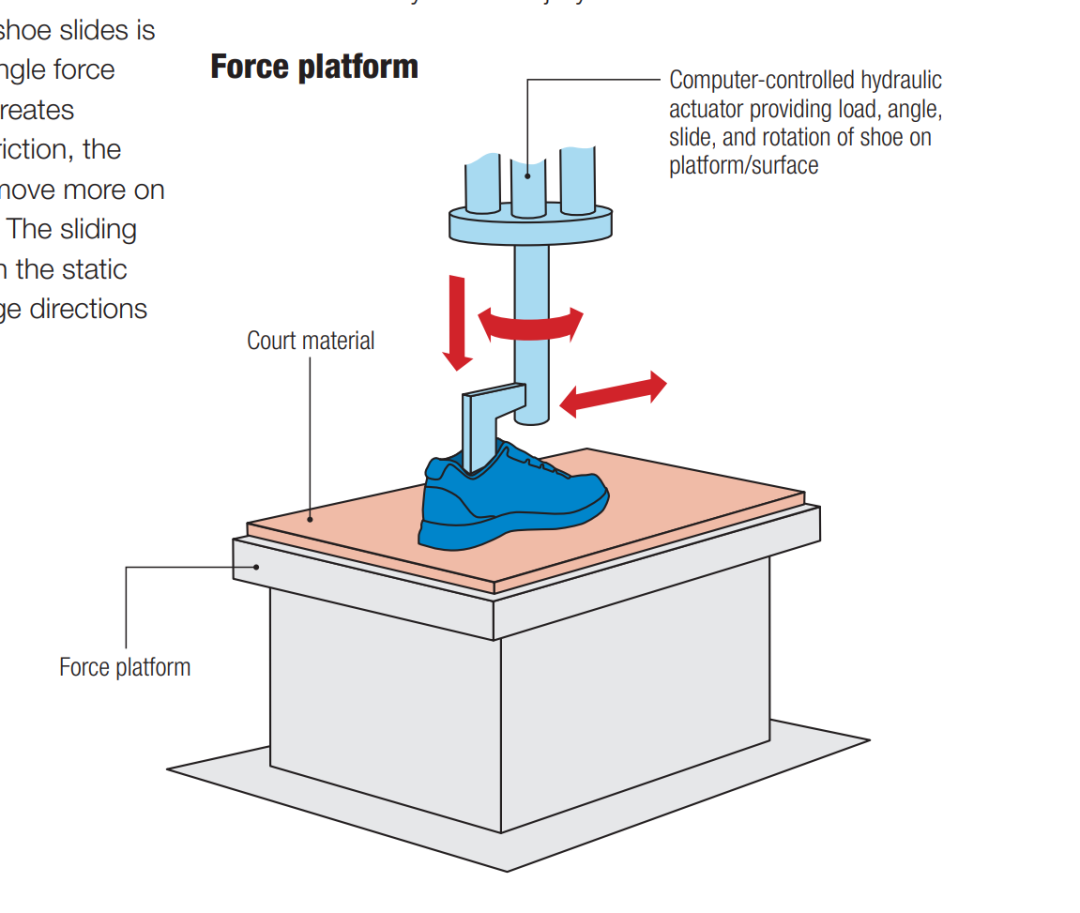
Sneaker Force Measurement Platform
(It can be observed that the hydraulic actuator moves in three directions.)
Hydraulic actuators push the shoe across a section of playing surface fixed to the force platform.
The force-measuring platform consists of a hydraulic actuator and shoes in the upper section, while the lower section is designed to securely attach to various ground surfaces. During operation, the hydraulic actuator pushes the shoes across the surface, after which a computer analyzes the resulting mechanical data.
Shoe forces: Frictional characteristics
Experimental testing of frictional forces between a shoe and a court surface shows that once the limiting (static) friction value is reached and the shoe begins sliding, the sliding or rotation (kinetic) friction is about two-thirds of the static value.
Experimental results regarding the changes in friction between sneakers and court surfaces show that once the static friction reaches its maximum value, the sneakers begin to slide. The sliding friction, in turn, is only two-thirds the magnitude of the static friction.
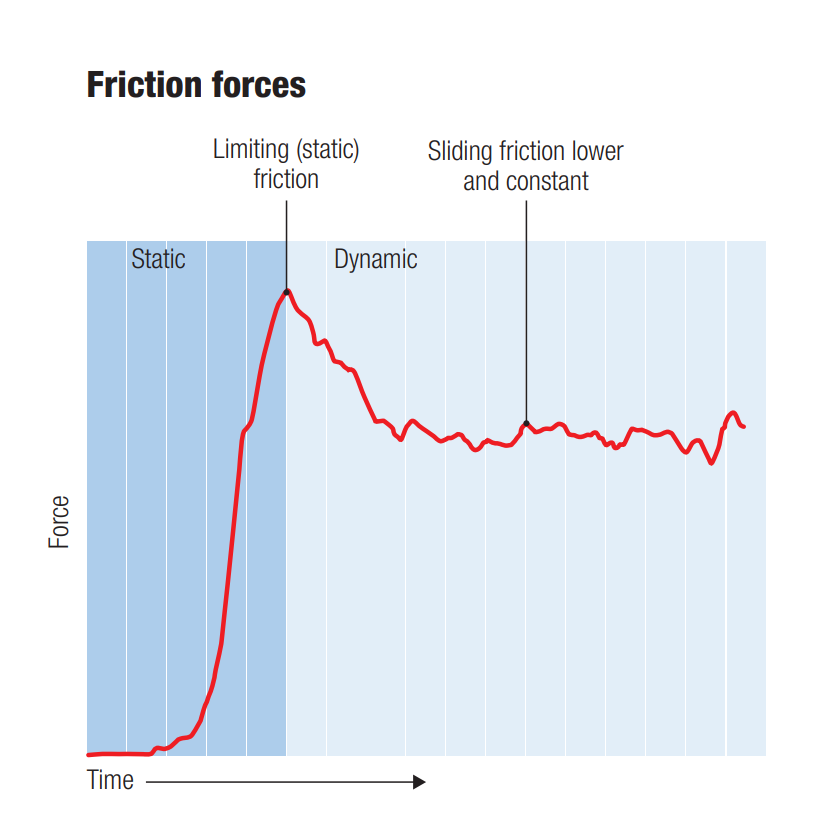
The Relationship Between Sliding Friction and Static Friction in Sneakers
Sole Support: Shoe Sole Options
Outsoles of tennis shoes vary depending on their intended court usage.
The sole design of tennis shoes is highly tailored to the specific type of court.
Shoe manufacturers have developed a range of sole styles, although many commercially available shoes are now designed to provide grip on most surfaces.
Shoe manufacturers have developed a range of sole designs, but most everyday footwear still follows the principle of providing better traction on a variety of surfaces.
The addition of circular features on the ball of the foot (as in the shoe on the far right) is intended to help the player turn quickly on hard or clay courts.
Adding a circular feature to the sole of the sneakers is designed to better help players make quick turns on hard courts or clay surfaces.
(Translator's note: Here, "ball of foot" refers to the ball of the foot.)
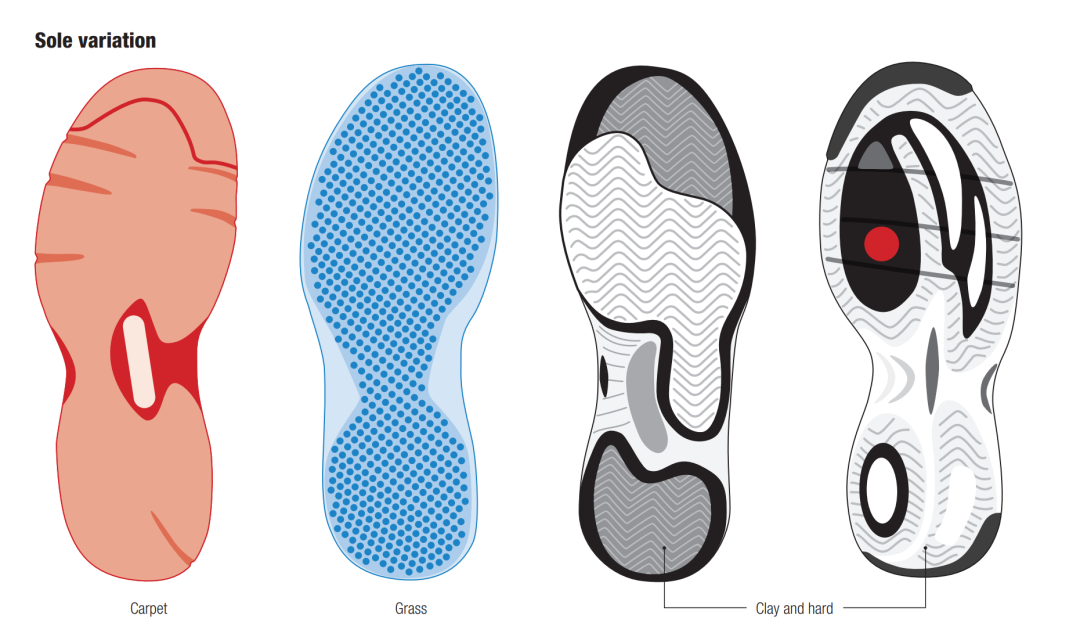
From left to right, you’ll find a clay court sole, a grass court sole, and two types of hard court soles. On the far-right sole, a circular feature has been added near the ball of the foot to help players make quick turns.
Conclusion
Tennis shoes are a key piece of specialized tennis equipment—never think about buying just the racket first and then gradually adding gear as your skills improve. After all, the right equipment is always your best form of protection.
Other people's advice is always just that—advice. Improving your equipment and honing your technical skills should go hand in hand, and in the world of sports competition, there’s never any room for mindless following or simply copying others’ approaches.
As an amateur player serving as your own coach, it’s a great idea to try out several different brands of tennis shoes while you’re still figuring out your playing style—after all, each brand tends to emphasize slightly different design features. Once your playing style and court preferences become clearer, you may find that the performance of your tennis shoes is far more important than their eye-catching appearance.
Key factors for choosing shoes: friction on different surfaces, foot movement control, playing style, and comfort.

